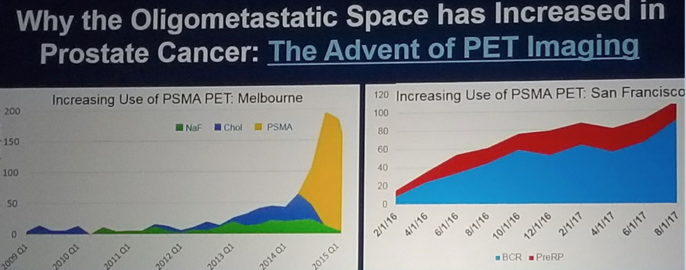Figure 1 – Increase in PET imaging utilization through the years

Both the primary tumor and existing metastases can seed new metastases. The principal mode of spread is metastases to metastases. Thus, to cure oligometastatic disease, one may need to ablate both the primary and the metastases. The management of oligometastatic disease is based on three pillars:
1. Prostate directed therapy
2. Node and metastasis directed therapy
3. Systemic consolidative therapy
There have been several retrospective trials specifically on prostate directed therapy in the setting of oligometastatic disease. The most common prostate directed therapy in these studies is radical prostatectomy, and the available data suggest a survival benefit. Currently, there are ongoing clinical prospective trials attempting to ascertain the benefit of this prostate – directed therapy. (Figure 2).
Figure 2 – Ongoing clinical trials assessing the role of prostate directed therapy in the setting of oligometastatic disease:

There have also been several retrospective studies assessing the role of node- and metastasis directed therapy, also suggesting a survival benefit. There are also many prospective trials assessing metastasis directed therapy (Figure 3). It is important to remember, that not all oligometastatic disease is the same and while some patients may progress rapidly, others might have a very slowly advancing disease, with a smaller effect on overall survival.
Figure 3 – Prospective trials assessing metastasis directed therapy

In summary, oligometastatic disease is increasingly diagnosed due to advances in molecular imaging. Treatment intensification approaches involve local therapy to the primary tumor, metastasis-directed therapy, and intensification of systemic therapy. Randomized clinical trials are needed to determine the importance of each. Ultimately, better predictors assessing the aggressiveness of disease are needed.
Presented by: Felix Feng, MD University of California, San Francisco
Written by: Hanan Goldberg, MD, Urologic Oncology Fellow (SUO), University of Toronto, Princess Margaret Cancer Centre, Twitter:@GoldbergHanan at the 2018 American Society of Clinical Oncology Genitourinary (ASCO GU) Cancers Symposium, February 8-10, 2018 - San Francisco, CA


